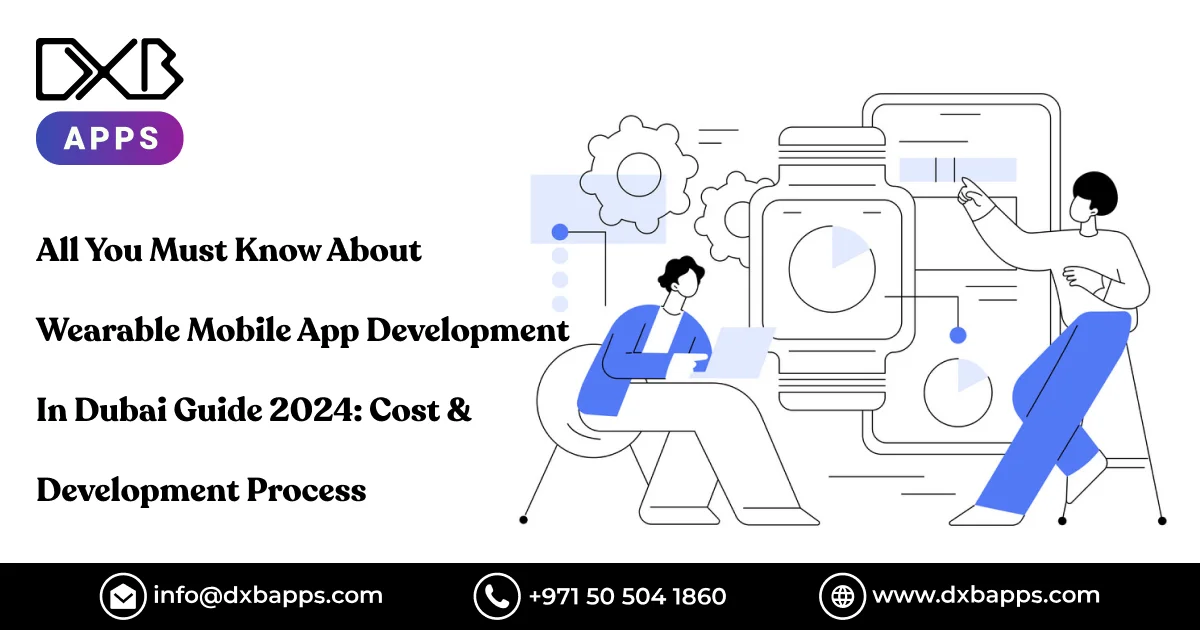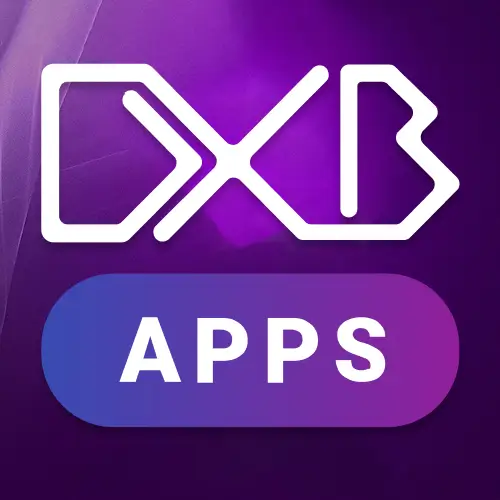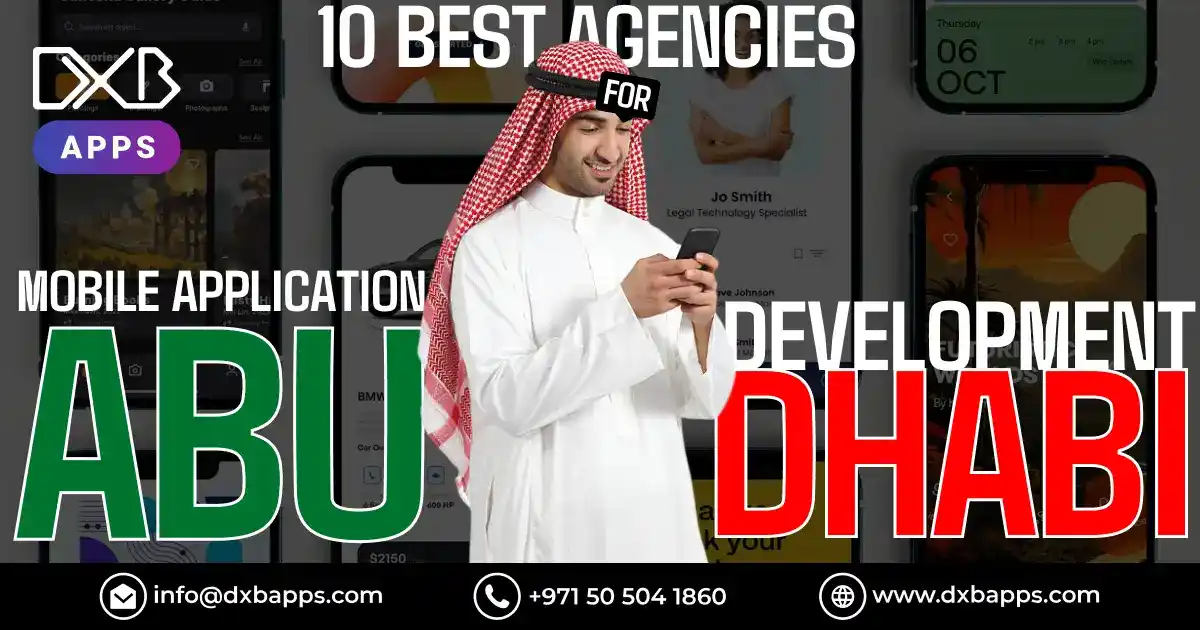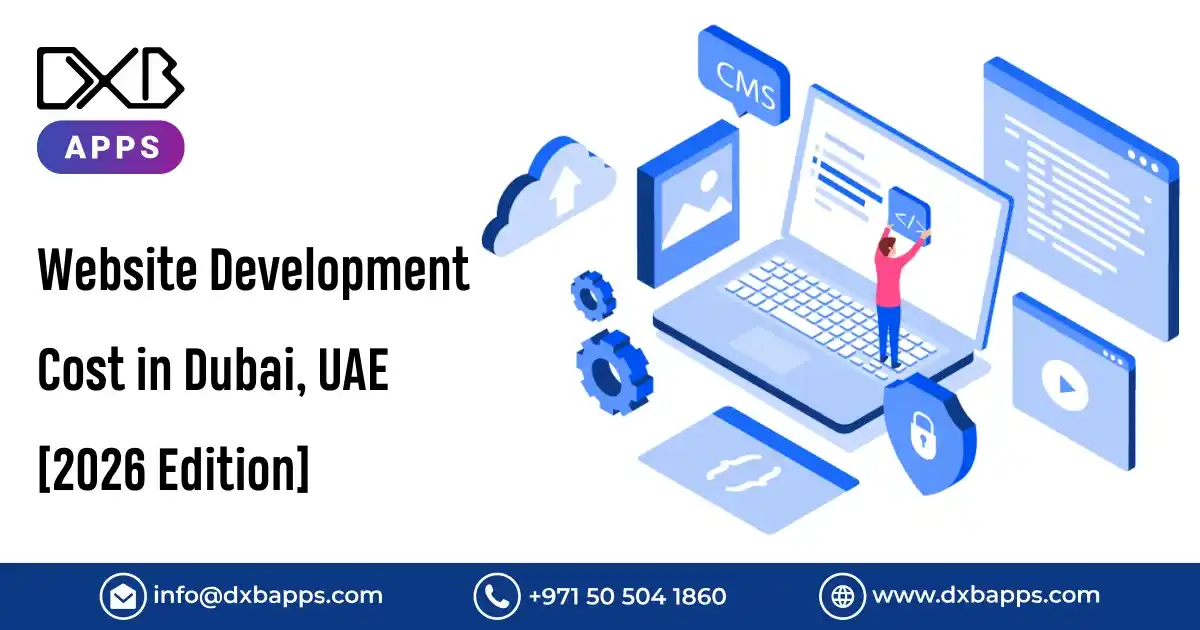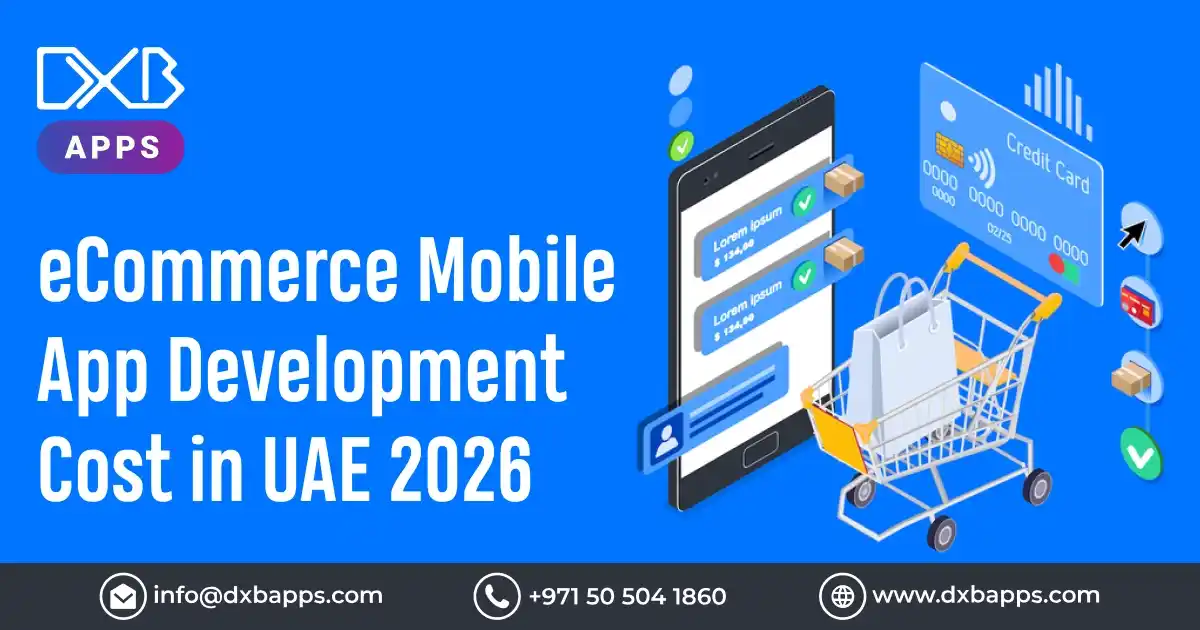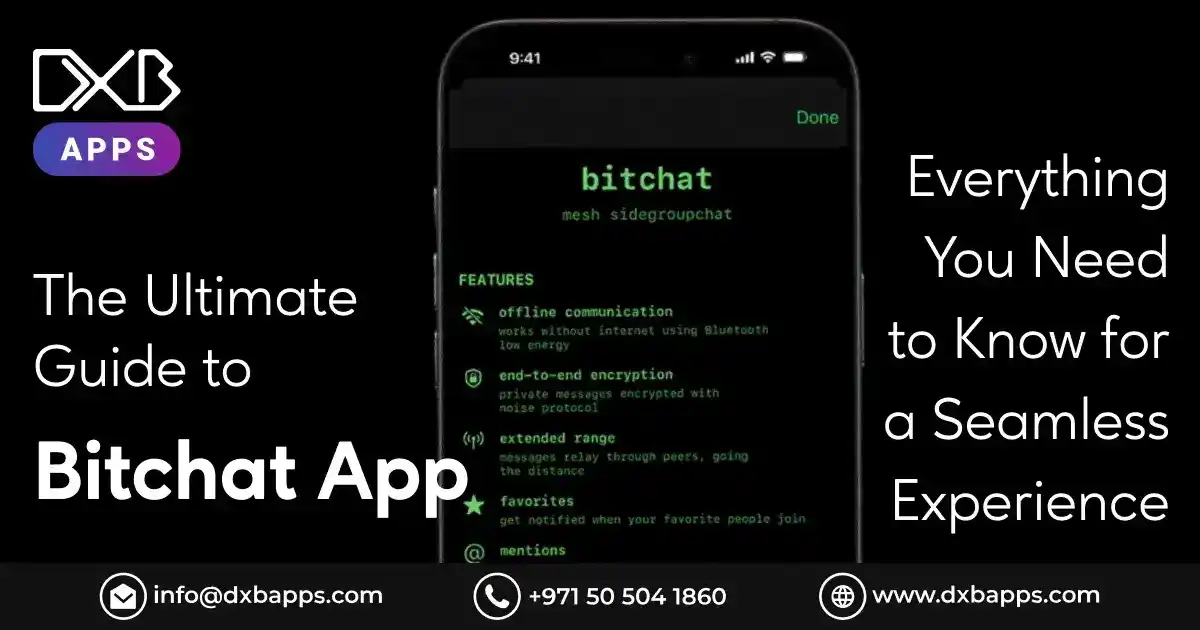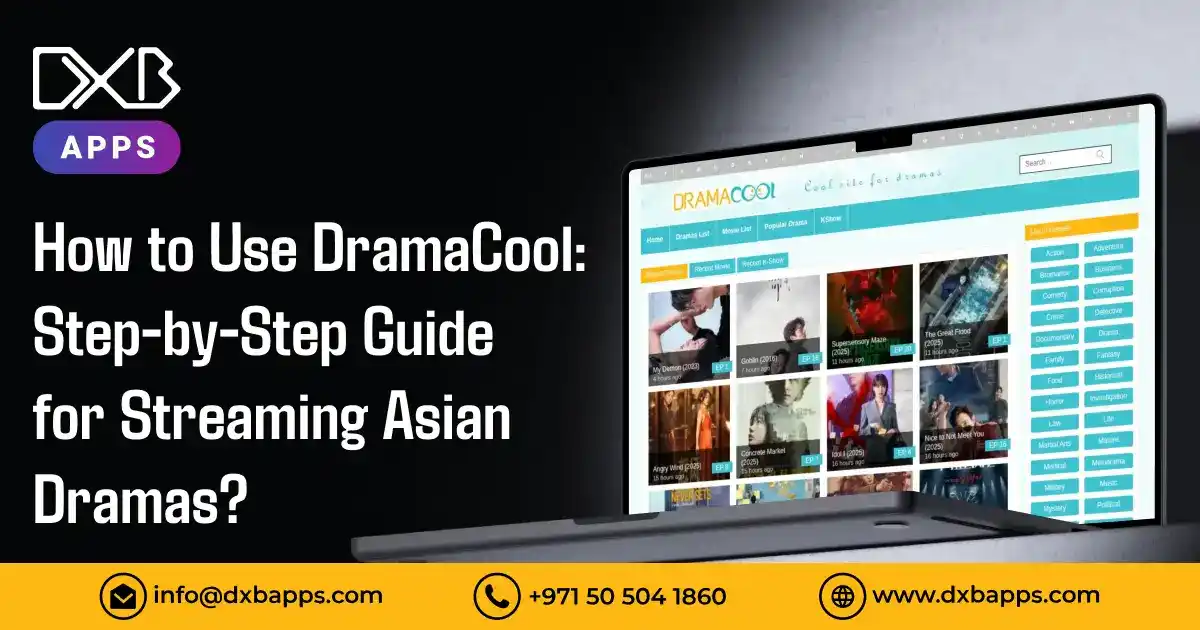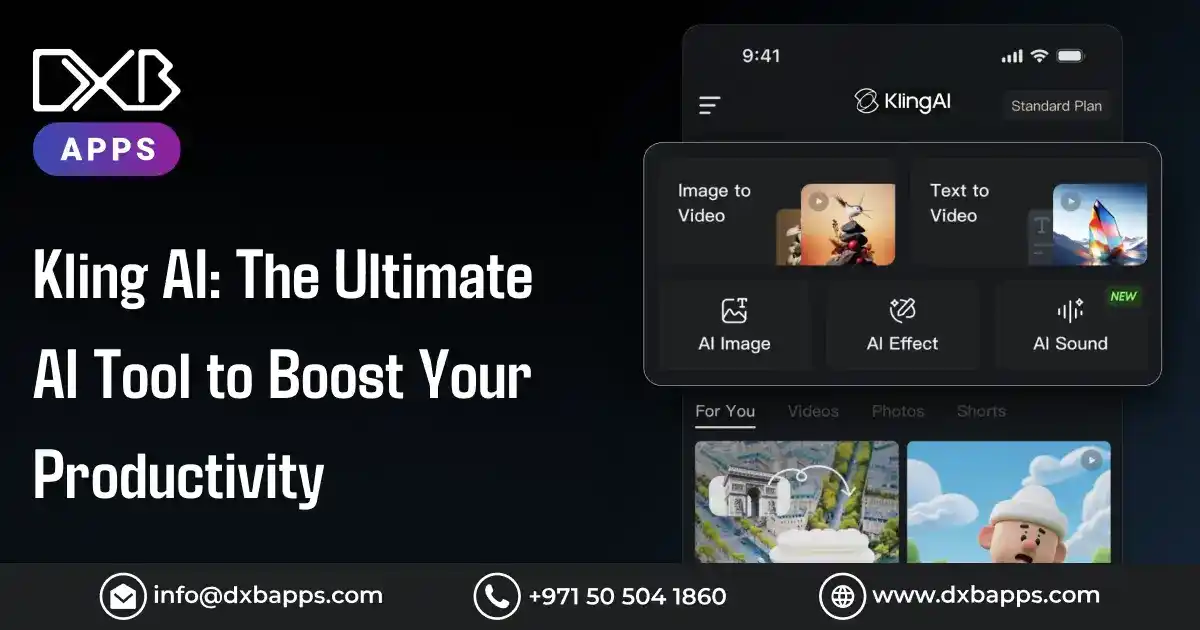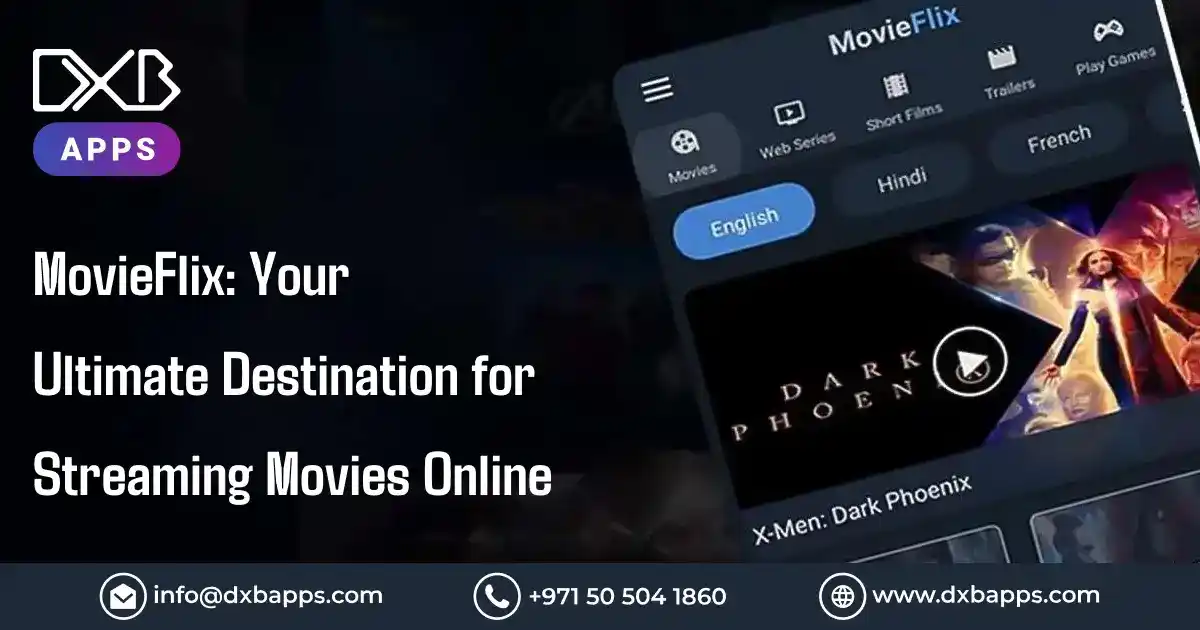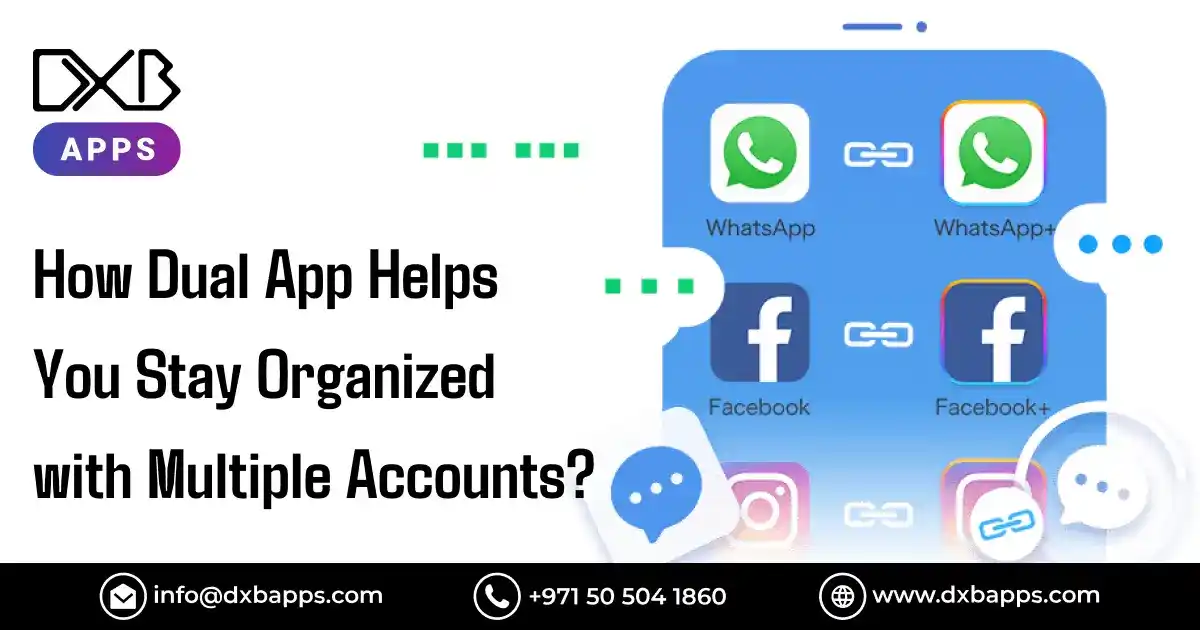The market is expected to reach an astounding USD 931.31 billion by 2030 due to its quick growth. That's not just a fad; it's a tsunami of abundant chances for companies to enter booming tech areas and interact with customers worldwide.
In order for people to converse with professionals for mobile app development in Dubai such as wearable apps at high-end level. By all means, the user should be knowing the expenses and how the planning stage goes ahead so that there is no wastage of time or financial resources. As a result, this article will explain how these issues are being handled when designing wearable devices today and give an update of the reigning practices, criteria changes, etc., during this year related to this topic! This article will guide you through wearable app development - cost specifics, prerequisites, etc.
Detailed Knowledge About Development of Wearable Apps
Let's first explore what wearables are, before delving into the development cycle for wearable apps.
Consider the necessary items you wear or use, including bracelets, rings, glasses, watches, and so forth. These simple wearables become wearable gadgets that are connected to smartphones when they are merged with technology. Devices and networks can communicate data thanks to wearable applications. These applications leverage the hardware and operating systems of wearable devices, which come with built-in sensors like GPS and heart rate monitors, to gather data and give users useful information, warnings, or actions.
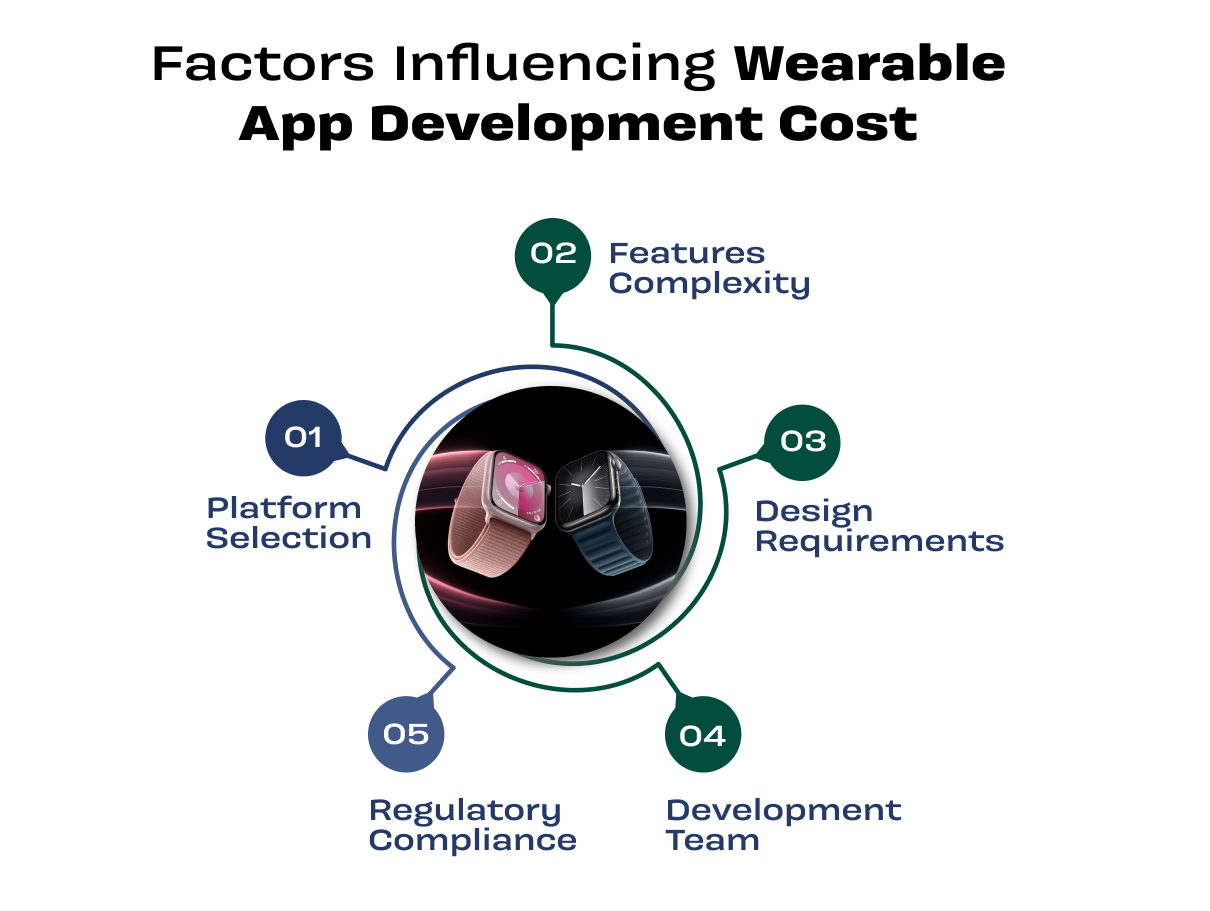
Here Are The Two Types of Wearable Applications For You To Know
Wearable applications are divided into two categories:
1. Standalone Applications
Operates directly on a wearable device, employing its software and hardware capabilities. You can use Wi-Fi or other techniques to directly access the World Wide Web without utilizing a tablet or smartphone.
2. Companion Apps
Enhance and expand the capabilities of a core mobile application. Limited functionality necessitates continual or frequent data interchange with an application for mobile devices to synchronize data, get updates, or complete specific tasks.
Top Features of Wearable Device Apps You Should Know
Real-Time Data Sync
The wearable app's information is constantly up-to-date and current thanks to AI-powered real-time data sync. This allows for quick and easy data sharing across wearables and other linked platforms or applications.
Interoperability across Devices
For wearable apps to give customers an amazing and convenient digital experience, they must work with a variety of devices and operating systems. The app is available for usage across a range of devices and platforms.
Recognition of Gestures
Simple, hand-free motions or natural gestures make it simple for users to operate their applications. When using fitness bands or smart glasses during regular activities, this is easier and more convenient for users. Overall, it improves ease and user experience.
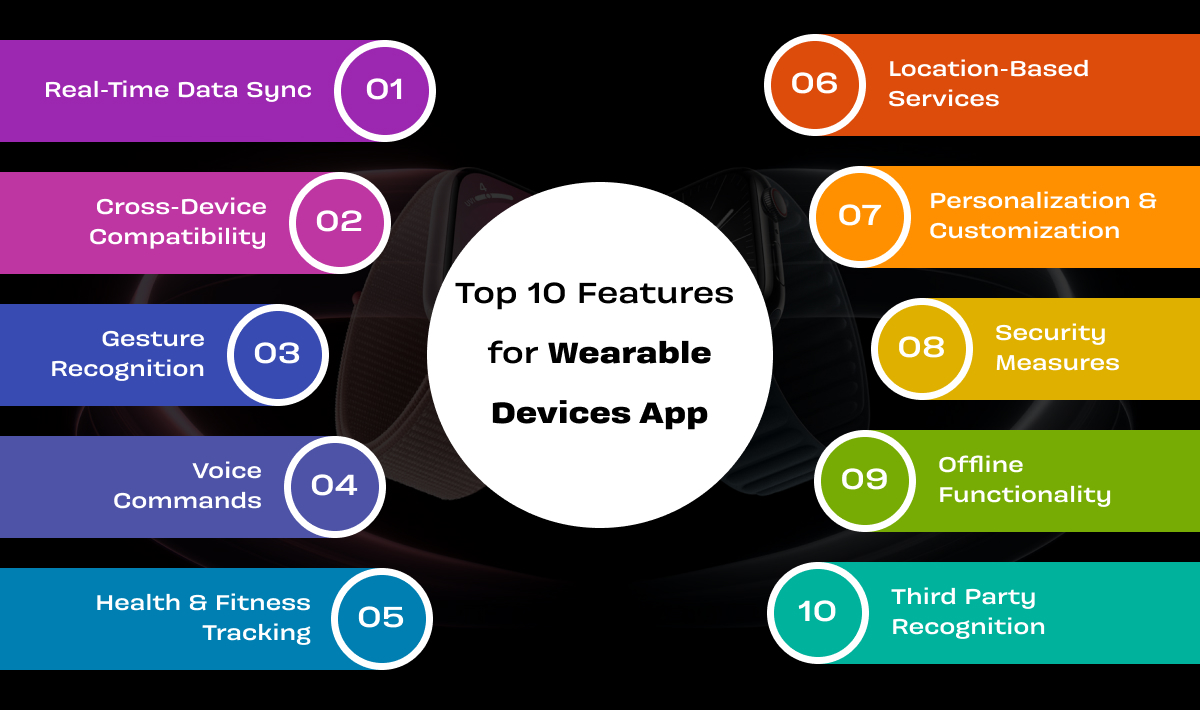
Voice Interruptions
User engagement is made easier and more efficient using virtual commands. It responds to their requests and offers hands-free functioning, especially while users are involved in other activities.
Monitoring Your Health and Fitness
Wearables providing fitness and health indicators are preferred by users. Metrics like heart rate, steps, fitness, sleep habits, and others are tracked and monitored. Keeping track of one's health and wellness promotes good health and yields useful data.
Services Based on Location
Applications for wearables or in android application development with GPS integrated in can offer location-based features and services. These consist of geotagging, navigation, and proximity-based warnings. The simplicity and enhanced user experience of this function are advantageous to users.
Customization & Personalization
Users can tailor and adjust their selections to suit their needs and specifications. It improves customer pleasure and engagement with themes, notifications, and other features.
Factors Influencing Wearable App Development Costs
- Platform Selection
- Feature Complexity
- Design requirements
- Development Team Location
- Regulatory Compliance
Step-by-Step Guide to Wearable App Development That Will Lead To Top Notch Outcomes
Let's examine the wearable app development process lifecycle and how it works:
Project Planning
First, define your project's objectives, goals, functionality, target audience, and other needs. It will assist you in creating a clear roadmap before beginning your development process.
Creating a complete strategy for mobile app development in Dubai that will establish a solid foundation for making the appropriate decisions. It will form the overall app structure, providing an excellent user experience while guaranteeing that the app meets all user needs.
Market Research
The comprehensive market research procedure is the next step. Here you have to find out about who your competitors are, your target market and current market trends etc. By examining current wearable apps, you can learn more about the requirements, preferences, and problems of users.
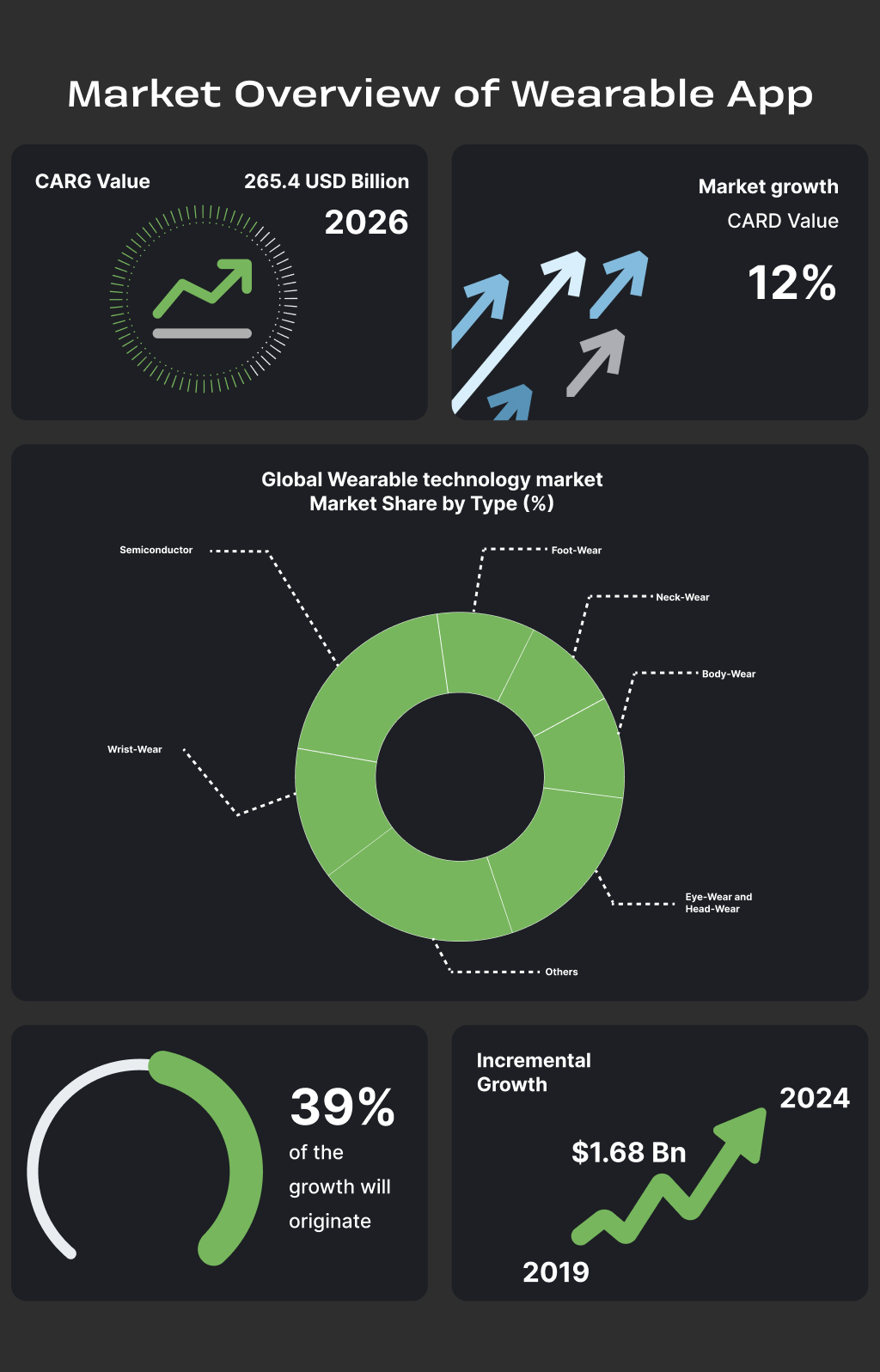
This in-depth study backs up the project concept, places your top app development in a strategic position, and encourages innovation above pre existing solutions.
Innovate, Connect, and Wear Your App: The Ultimate Guide to Wearable mobile app development in Dubai!
This in-depth study backs up the project concept, places your top app development in a strategic position, and encourages innovation above pre existing solutions.
Innovate, Connect, and Wear Your App: The Ultimate Guide to Wearable mobile app development in Dubai!
Designing UX/UI
A smooth user experience can be experienced by implementing a top notch interface that is intuitive, aesthetically pleasing and easy to use. A fantastic UX UI interface draws consumers in and increases interaction.
Progress
This is the time to turn your project from a concept into a reality. Developers of wearable apps combine features and functionalities, employ programming languages, and make use of tech stack frameworks appropriate for the intended platform or platforms. Additionally, incorporate required capabilities enabled by APIs, sensors, and wearable device features and functionality. Programmers utilize either Java or Kotlin for wearable Android devices. The finest programming language for ios application development or wearables is called Swift.
You can also choose from development frameworks like React Native, which uses JavaScript and React, Xamarin, which uses the C# programming language, and Dart for the Flutter framework.
You may create a strong wearable app development with a group of elite mobile app Development Company and wearable app developers dubai, designers, and other experts.
Embrace the power of wearables and transform the way we interact with technology in the vibrant city of Dubai.
Testing and Deployment
After everything is set up, the testing process begins. Carry out extensive testing to uncover flaws, defects, and usability difficulties. Test app performance, compatibility, and functionality across a variety of wearable devices and platforms. Package your app for release, submit it to app stores and gather all necessary approvals. Each phase related to mobile app development in Dubai process is very important because it is responsible for delivering successful and efficient software that meets user’s expectations as well as market demands. Using this lifecycle, developers may efficiently plan, design, create, test, deploy, and manage wearable apps to provide user value and meet project objectives.
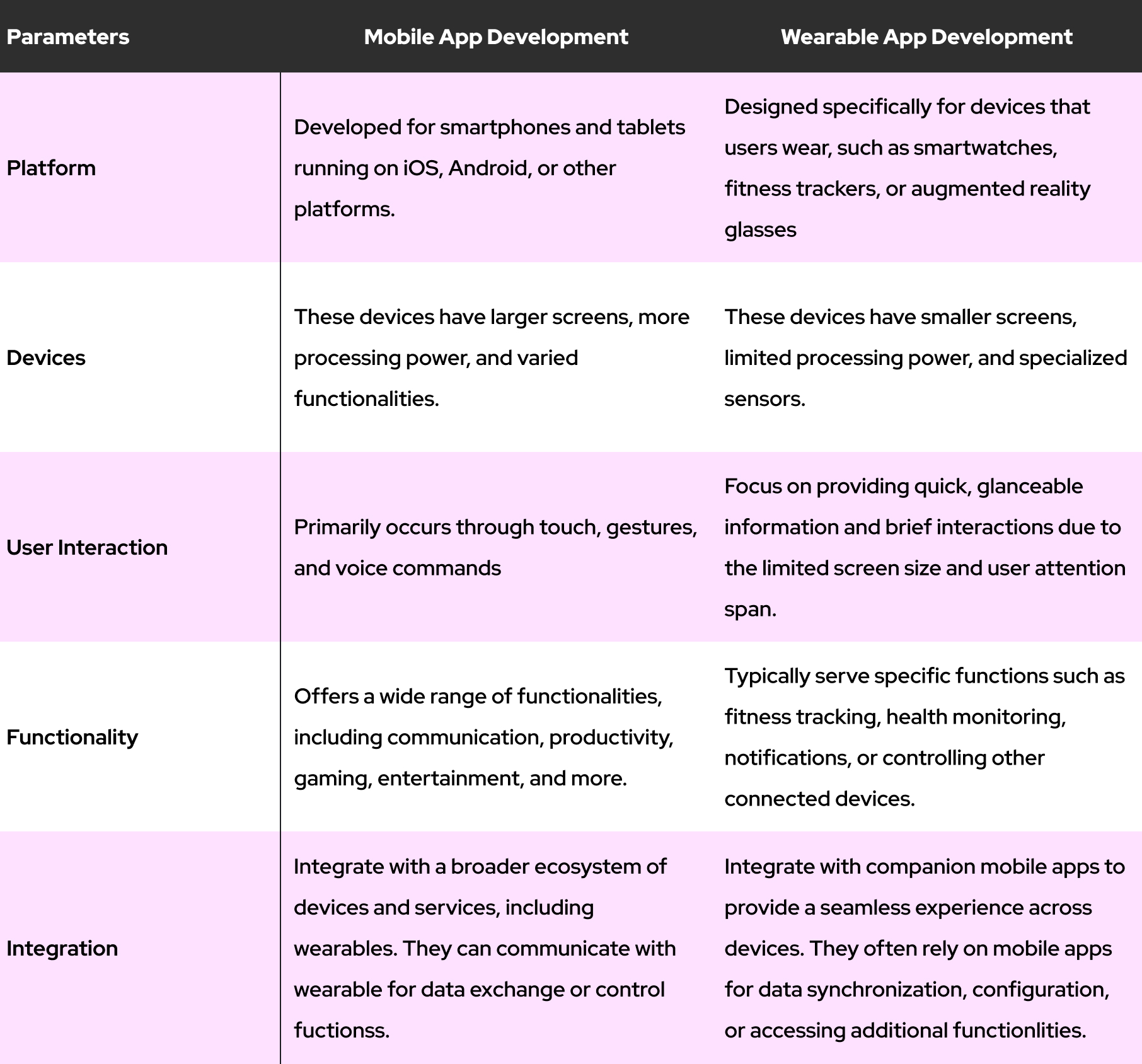
Developing A Wearable App -What Is The Price?
The price of creating a wearable device app can be from $25K to $50K, depending on the project’s complexity, characteristics, functionality, and other factors. However, the price can reach $80K or even more, considering that you want to include additional features and functions. But if it comes to low-cost wearable app development, you may prefer MVP.
You can launch your app with restricted features and functionalities and test it in the competitive market. Once you've tested your software and gained a user base, you may invest in a fully-fledged wearable application through donors who are eager to invest in your project.
Collaborate With DXB APPS to Develop Leading Website
DXB APPS as the best website development company in Dubai have a team of dedicated professionals who offer the best wearable app development services. They include designers, wearable mobile app developers for Android and iOS among others. Our best designers and developers focus on developing fun and relaxed applications and other wearable technology, such as fitness trackers, wristwatches, and even augmented reality.
Conclusion
From concept to execution and beyond, selecting the appropriate wearable app development partner is essential to the success of your company! To make that happen, contact DXB APPS, a seasoned custom mobile app development in Dubai business that can bring your ideas to life. Everything is covered by us!
FAQs
Which wearable applications are the most popular?
Spotify, Uber, Google Keep, Google Maps, Calm, Google Pay, Headspace, Google Fit, and Strava are some of the best wearable apps.
Which businesses show the most promise for developing wearable software?
A promise is seen in the development of wearable apps by companies such as Microsoft, Xiaomi Corporation, Huawei, Samsung, Fitbit, as well as other companies.
What is the cost of building an app for wearable technology?
Factors such as complexity, features, and functionality will determine this. Nonetheless, it is believed that from $25,000 up to over $80,000 you could create a wearable application.
If we were to consider wearable innovations that have already become well accepted by many people around the world, what would we find?
Heart rate trackers you wear on your wrist; sweat sensors integrated into textiles for sportswear or workwear purposes; smart clothes equipped with accelerometers detecting movements as well as heart-rate variability during sleep periods; these are but few examples among other wearable devices available today such as fitness trackers or watches that record quality data through multiple sensors mounted in them so that they can deliver accurate results at any given moment.

